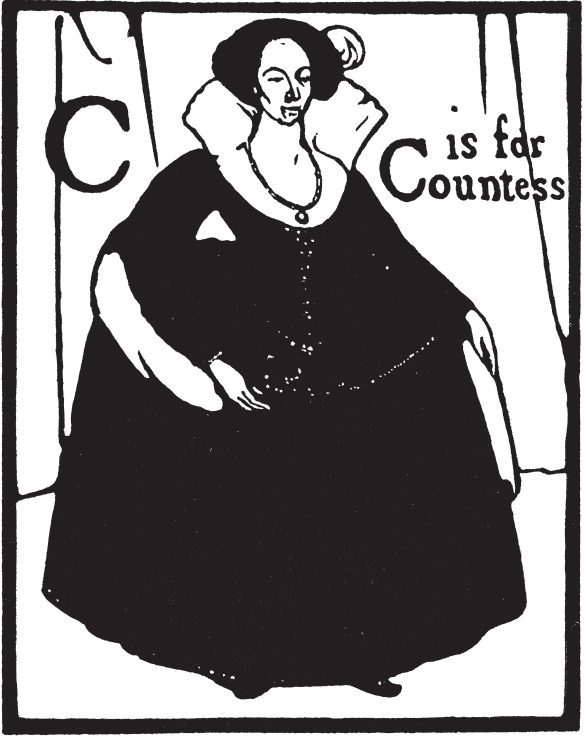
THE PRINT ROOM
“A dream cometh through the multitude of business.”
YOU hop off the ’bus at Mudies’, the most famous circulating library in the world. You pause at their famous corner to glance at the display of the latest literature dressed up in its gaudy “jackets.” You leave behind the roar of Oxford Street with its swift currents of life to and from the City; and turn up the quiet alley of Museum Street, slackening at the photograph shops whence Monna Lisa smiles sidelong at the passer-by; or Rodin’s Penseur glowers direct and forbidding. There across a street you catch a glimpse of the grey Museum with its iron fencing and gateways—shabby people saunter without disturbing the Cockney pigeons—a school of incongruous girls with a “forbidder” in spectacles comes out laughing into the sun as you enter with the vari-coloured oddments of the Heathen and Christian universe, who converge towards the enormous portico to be swallowed alive in this great Mausoleum where Old Time lies buried. Fashion is absent; “Le Dernier Cri” is unheard. Up the stairs or through the sculpture galleries you saunter, through the bronze ages, past the mummies of priests, priestesses and Royal personages, through the Greek and Roman rooms past the “vases of the best period”; and, after a turn round the “slopes” of selected prints and the display of Ming Dynasty and Rajput paintings, push past the unpretentious and silent swing door of the Print Room, where lies stored the summary of the artistic product of the world. A bell rings as the door swings to, and mild-eyed old gentlemen with white beards look up from the portfolios like patient ruminant kine in a byre as you tread softly to your place to begin your spiritual adventure. Will it land you here—with them? Oxford Street, and life and its roar, and the novels of Mudies’ in their jackets, and the photographs of the art of the world are but five minutes behind you. You take your seat, looking up now and again to change the focus of your eyes as the door swings and the bell tinkles. Was the City or is this the heart of things? You become a quiet ruminant man.

No. 104. Woodcut. Key block from “Nicholson’s Alphabet.”
An effect of solidity is achieved by the merest hint of light and shade, and the rounding-off of angles in the silhouettes.

No. 105. Woodcut. Key block from “Nicholson’s Alphabet.”
Does Art present a refuge from life, a false hope softly indulged like a dream of heaven less than half believed? The strenuous expression of our life lived at its keenest and hardest, a sensuous anodyne, a pastime, the “occupation of a man’s leisure”? An ornament only on the main structure, or the foundation and pinnacle of the spiritual life itself? It is or ought to be all things to all men. The work of the illustrator makes its appeal to the swift life of Oxford Street outside, in the crude language of the man in the street, as also gently here to the passionless white-bearded men whose concern seems little enough with the ways of the City— who seem to have taken refuge from the vulgar elbows, to talk quietly with the wise and distinguished alone— to feel and see through other eyes and by other pulses in the highest communion with other minds, living their selfless lives; modern monks, untouched by the crush outside their cloister, whose religion is Art.